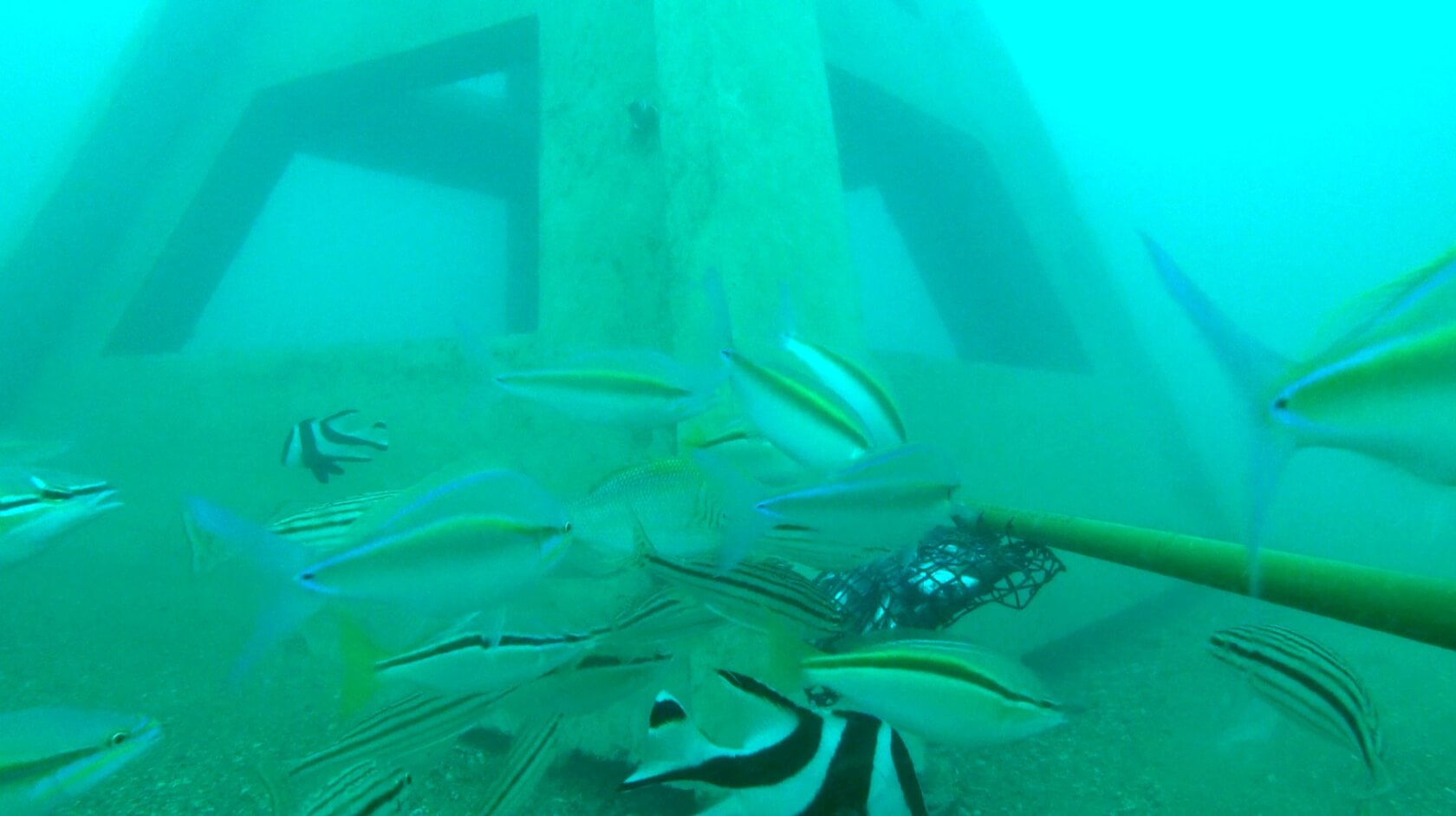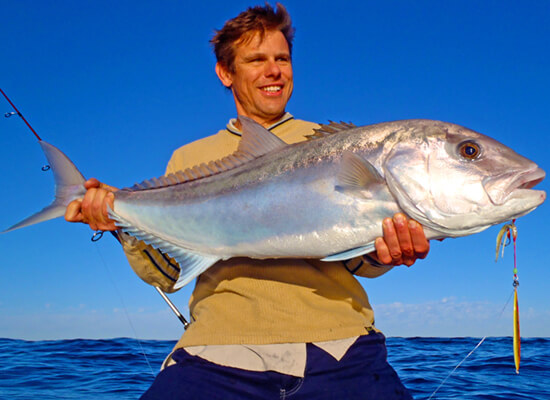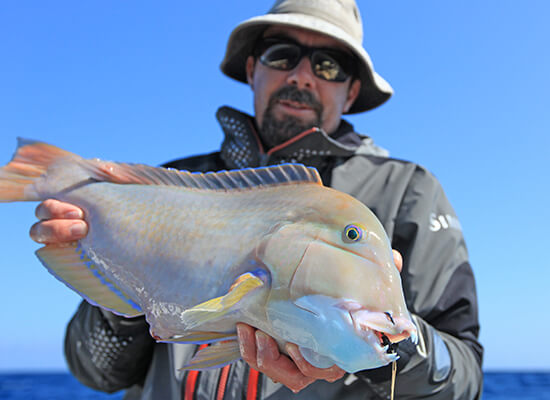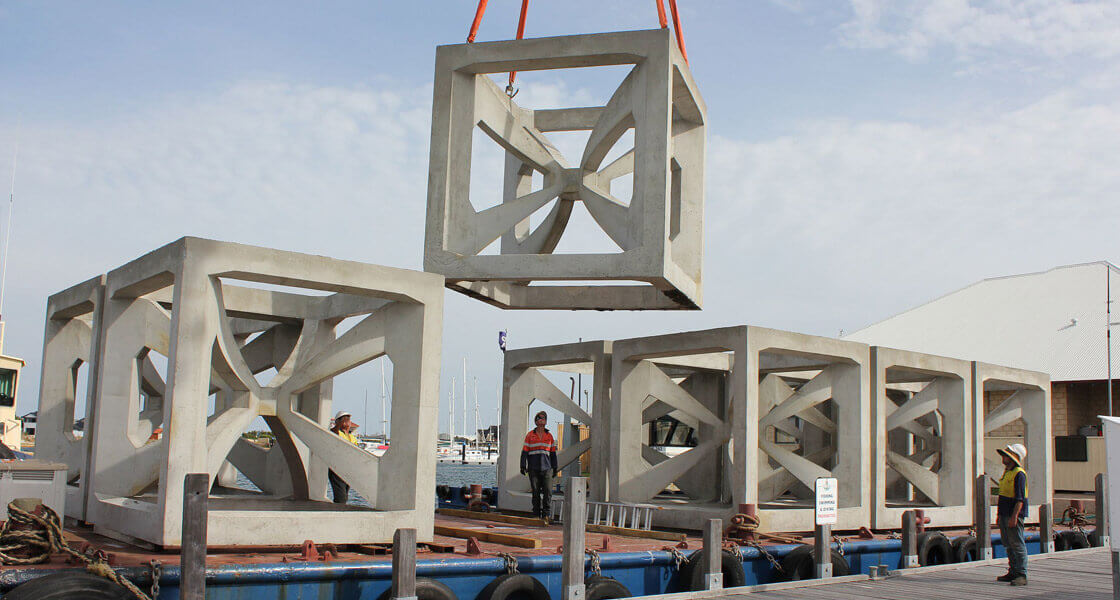With the same modules in a similar depth to the successful South West artificial reefs (25 metres), the Mandurah Artificial Reef is already developing into a complex marine habitat supporting a diverse fish community providing fishing opportunities for iconic species such as pink snapper, skippy, dhufish, baldchin groper, samson fish, whiting, squid and flathead.
Fish like this can run straight through the reef when hooked, meaning disaster for the angler. That means the bigger fish are its almost impossible to stop if hooked close to the structure and it requires fishers to take that into account when fishing around the reefs.
For that reason, it is best to avoid anchoring right on the reef (which also means less chance of losing the anchor), instead set yourself to anchor so you are sitting alongside the reef (taking into account wind direction and current). Anchoring directly on the reef will lead to heavy tackle and fish losses, but being too far away will produce poor results, so take the time to get it right, remembering that those sambos, pinkies and kingies know exactly where to head when hooked.
Once you have anchored up, get a berley trail going with things like mulie cubes, pellets or old bait chopped up and scatter it around the boat ever so often. This will create a slow steady feed of berley that will attract the fish to your area. Once you’ve established your trail, you can drift down small pieces of bait like mulie cubes, unweighted on just a single hook. This helps to present the bait in a natural way and the fish will believe its just another free piece of berley for them to snatch up. You can always use a weight to get the bait down the bottom, this can help when targeting fish like whiting or baldchin which are not likely to swim up the trail. Though unweighted baits will eventually make it down to them if you’re patient.
Alternatively, trolling around the reefs is a good way to find the pelagic fish which are in the area, while drifting close to it should allow you to draw bottom fish like dhuies and pinkies to your bait or lure and allow you to cover more ground.
Always be responsible and courteous of other fishers in the area, including spear fishers. There’s plenty of opportunities for all to fish the reefs and enjoy our underwater oases.
Avoid anchoring right on top of reefs as it will limit the benefit they can have to all fishers and the chances of your anchor returning.
Always be responsible and courteous of other fishers in the area, including spear fishers, there’s plenty of opportunities to fish the reefs.

















































































